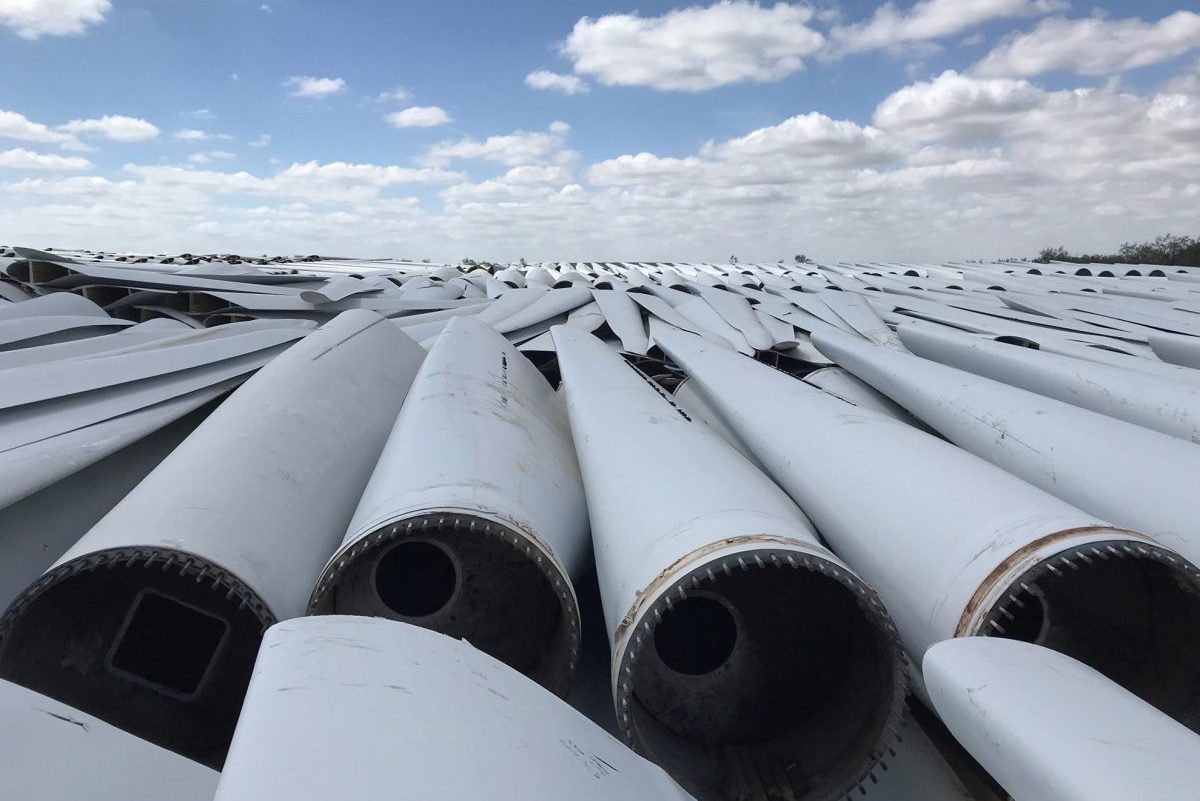Wind turbines are approximately 90 percent recyclable. Given the nature of thermoset materials, the turbine blade component constitutes the fraction that cannot be reprocessed. Meanwhile, it was recently reported that the US government urged enhanced end-of-life uses and recycling procedures for sustainable energy systems.
Fortunately, a 100% recyclable wind farm blade prototype has been produced and is fully prepared for structural evaluation. The Zero Emission Bus Rapid-deployment Accelerator (ZEBRA) initiative, led by the French institute IRT Jules Verne, created a 62-meter wind generator blade from completely recyclable thermoplastic material.
The thermoplastic composite blade component is valuable in and of itself. It can be used as a material component in a variety of other industries.
According to the senior engineer in charge at LM Wind Powe, it is depolymerizable, and the polymer can be recycled to create fresh blades.
The wind farm blade will be subjected to full-scale structural examination by the LM Wind Power. The test will be carried out at the organization’s Danish site and entail end-of-life recycling certification.

Experts plan to install windmills at an unprecedented rate in the future decades. Experts say an extra 470 GW of wind capacity will be built before 2025, making recyclable blades more crucial.
GE Renewable Energy pledged last year to manufacture zero-waste windmill blades with its sister company LM Wind Power by 2030. Industry-wide, 25 percent of components acquired by wind turbine producers never go into the finished product, the organization said.
Wind energy company Ørsted, on the other hand, has pledged to attain a carbon-neutral presence by 2040. After decommissioning, the company agreed to reuse and recycle all windmill blades in its worldwide operations.
Ørsted has pledged not to dispose of outdated wind turbine blades in landfills. Instead, it will keep the blades in storage until they can be repurposed.

